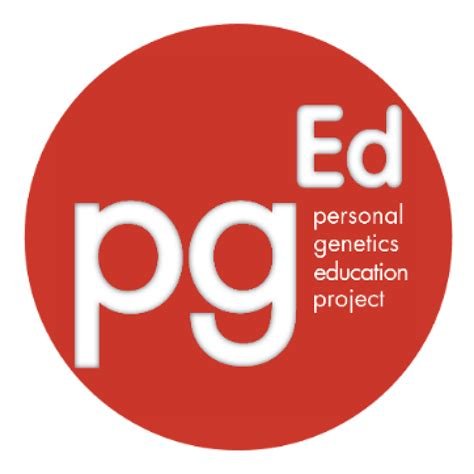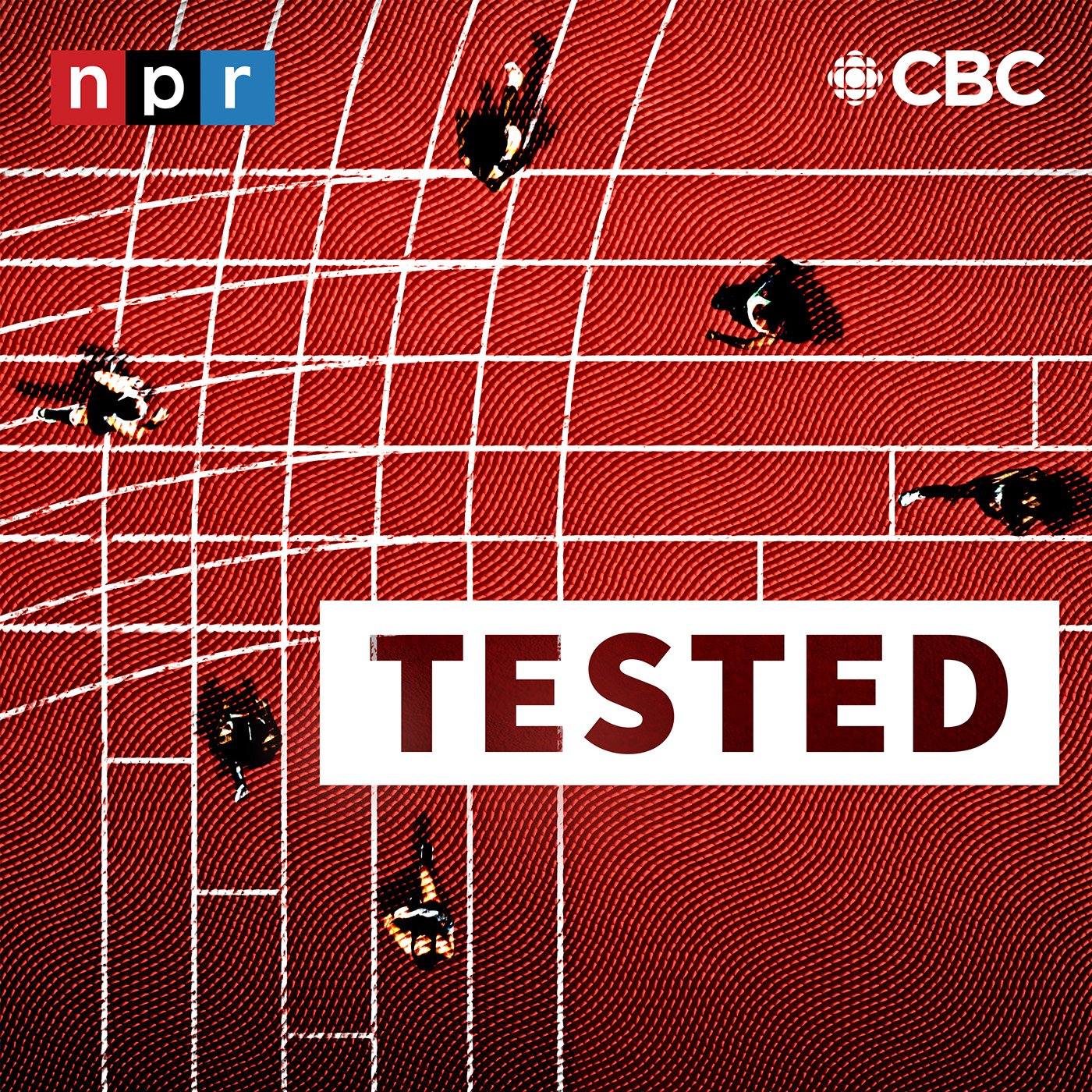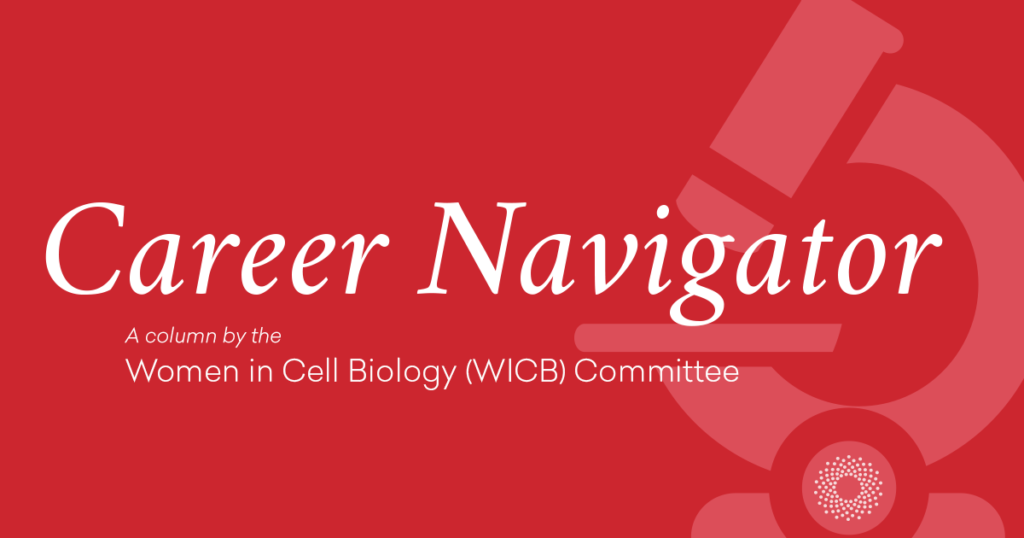Headline: Male Adolescents’ Gender Attitudes and Violence: Implications for Youth Violence Prevention
[What they measured:] This study analyzed the associations among male adolescents’ gender attitudes, intentions to intervene, witnessing peers’ abusive behaviors, and multiple forms of adolescent violence perpetration.
[Who they studied:] Data were from a cross-sectional survey conducted at baseline with 866 male adolescents in community settings (i.e., youth-serving organizations, churches, after school programs, and libraries) across 20 lower-resource neighborhoods in Pittsburgh, PA from August 2015 to June 2017, as part of a cluster RCT.28 Eligible youth were aged 13—19 years, identified as male, and recruited to participate in a gender-specific violence prevention program.
[Goals] This community-based evaluation aims to inform future youth violence prevention efforts through the identification of potential predictors of interpersonal violence perpetration.
[Conclusions] Findings support violence prevention strategies that challenge harmful gender and social norms while simultaneously increasing youths’ skills in interrupting peers’ disrespectful and harmful behaviors.
Citation
Miller E, Culyba AJ, Paglisotti T, Massof M, Gao Q, Ports KA, Kato-Wallace J, Pulerwitz J, Espelage DL, Abebe KZ, Jones KA. Male Adolescents' Gender Attitudes and Violence: Implications for Youth Violence Prevention. Am J Prev Med. 2020 Mar;58(3):396-406. doi: 10.1016/j.amepre.2019.10.009. Epub 2019 Dec 27. PMID: 31889621; PMCID: PMC7039734.



















